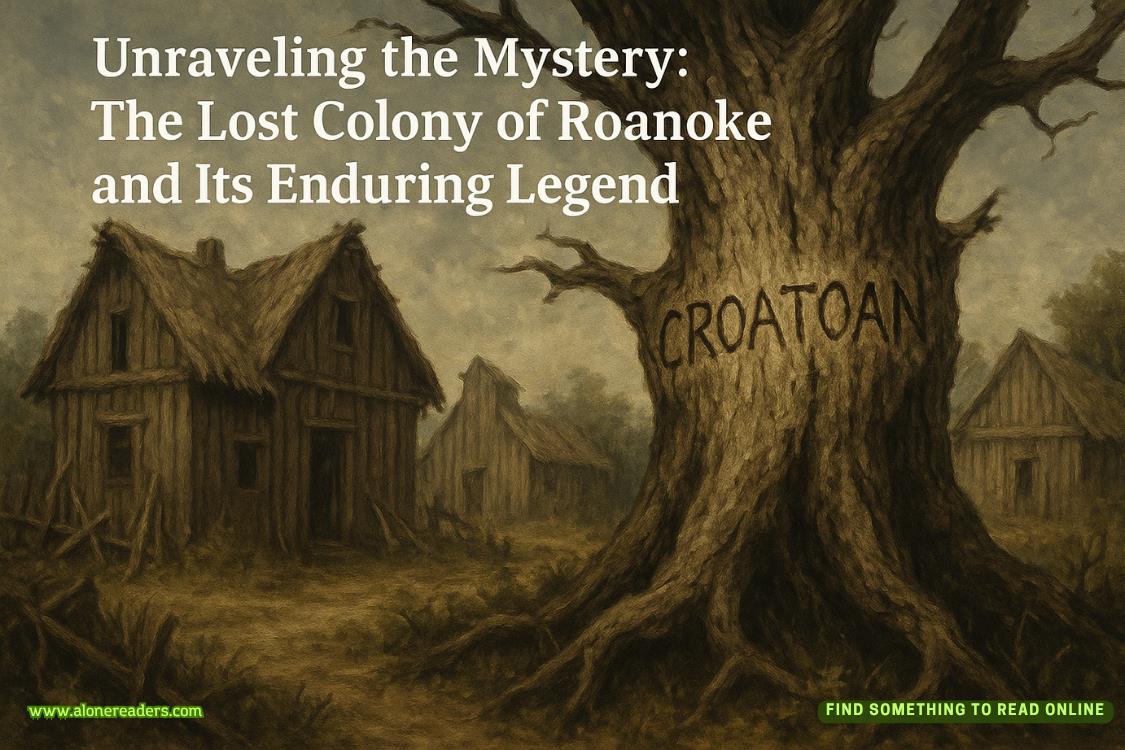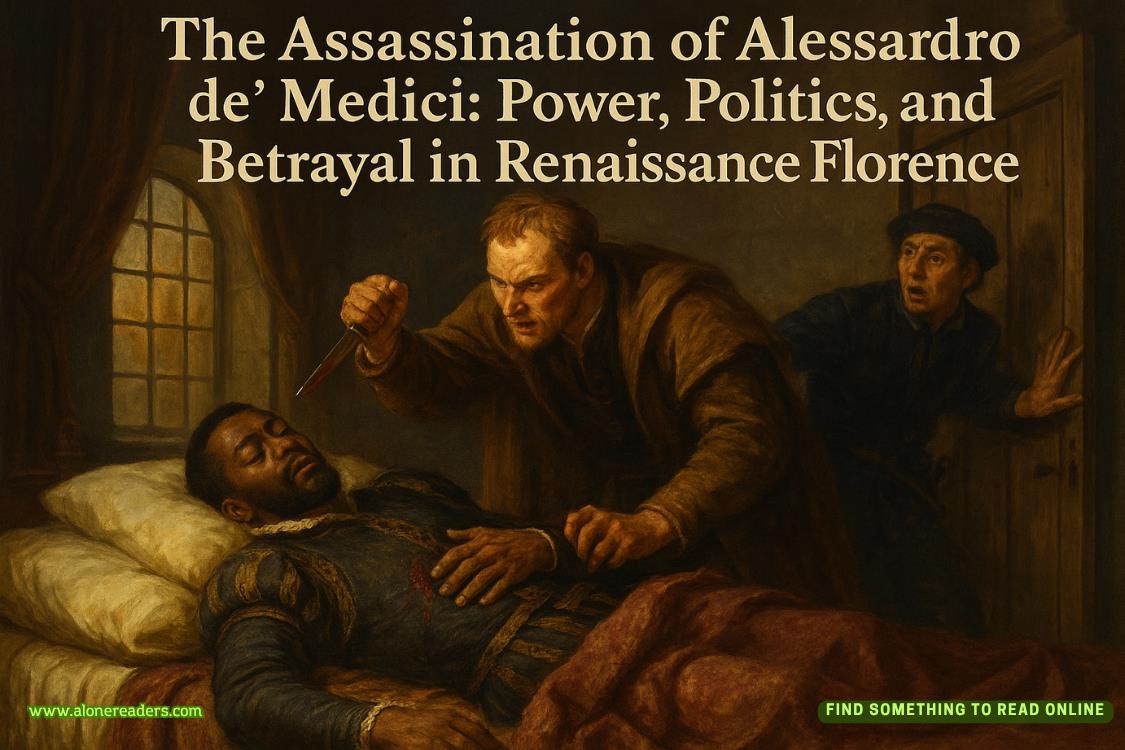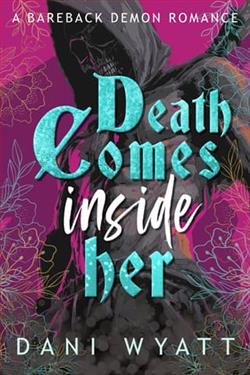Page 65 of The Wondrous Life and Loves of Nella Carter
The Gloves—1918
Twenty-Two
New York provided a refuge after Rohan—it was a blank slate, devoid of memories everywhere I turned—a place I could blend in while I tried to piece myself back together. A soft welcome home. It had been more than a century since I’d set foot on American soil, spending so many years in Europe, Africa, and Turkey. I hadn’t imagined how strange it’d feel to see the descendants of enslaved people now free. Some thriving and some struggling, but all free from chains.
As it turned out, I was one of the struggling. With the war, my investments tanked, and I had had too many expenditures supporting Rohan’s work, all our charitable commitments, and the expense of the orphanage. I was nearly wiped out. After booking my ticket on a steamship in April 1915, I had just enough money left to rent an apartment on West 135th Street, on the edge of what would come to be Black Harlem.
I drifted in those first few years in New York, living only to work and sleep. Anytime I stopped, the thoughts and memories would haunt me, the grief dragging me down. I survived by keeping myself carefully numb. I had lost first William and René, now Rohan and a child I’d never realized I’d desired. I could feel my resolve against Death, my will to win his bet, weakening.
I took a job translating, astounding little grandmothers, newly arrived from Ellis Island, when I could speak perfect Polish, Yiddish,Italian, or German. I also worked as a private secretary for wealthy women in Manhattan and, eventually, copyediting forThe New York Age. I kept my hands busy, and in doing so, years passed.
By the time I met with Death in 1918 in Central Park, I’d regained a tenth of my former wealth. We walked along the promenade as I shared my pieces interviewing the new arrivals to Ellis Island, recording the kind of immigrant stories I’d written about in London, using my gift of language. I also documented the growth of the city as it built bridges. I shared the opening of another subway line, human ingenuity at its finest. He clutched old issues ofThe New York Globeand articles I’d written under the name Tessa Thorpe.
“My dear Nella,” he said, flicking through the pages, “humans building monuments to themselves is nothing new to me, but the foundation of it all is destruction, disrespect, and great inequity. Take this park here,” he’d said as we walked along the path, shaded by trees. “This used to be home to a thriving settlement of Negroes, their land seized and their homes displaced, all in the name of progress.” He shook his head. “All human advancement comes at someone else’s expense.”
“Do you feel the same way about a bird eating an insect? Or a beaver who builds a dam, flooding the ant colony?” I countered, unsettled by his point. “The world is filled with life and death. Do you begrudge the lion for killing the gazelle, for it must live? Or me, the fish I may dine on at dinner? All life comes at a cost.”
“But must it? Some things are a necessity, like eating. Displacing one another due to hatred and intolerance doesn’t seem so,” he said, my papers still in his hands. “Not far from here, people starve in tenements. Some humans have enough money to feed, house, and clothe them all, yet they do not, their wealth a testament to capitalism and greed.”
“Some do good,” I countered. “John D. Rockefeller, Madam C. J. Walker, and Andrew Carnegie spring to mind.”
Death laughed. “As well they should, as most of their wealth comes at others’ expense. What you call good, I call easing a guilty conscience or avoiding another labor strike.”
“Motivations aside, they still did it. They have, just like me, done good in the past and will continue to do so in the future.”
“Well, it’s a shame that you are one of the too few.”
“You know, that’s the first time you’ve admitted that there’s even one human worthy of your mercy. Could it be that I’m winning this war?”
“Perhaps, half a millennium from now, you will have convinced me.” His lips twisted in what I hoped was a smile.
“You have to admit the human condition is better than it was thirty years ago. Imagine how much better it will be in thirty more.”
Death nodded. “There’s that naive optimism.”
“It’s faith.”
He turned to me. “What of Jim Crow? The lynchings? All I see is continued hatred aimed at people like yourself. How can you defend a system so corrupt?”
“My task has been to prove people are worth saving, not solving all the ills of the world.”
“Pity you can’t do both.”
We continued to walk in silence. If I could have snapped my fingers and made the world kinder and less selfish, I would have. I saw the same evils Death did. But I still believed that the instances of good could outweigh the bad.
“And I must add,” Death said, interrupting my thoughts, “though I find your writing as eloquent as always, these vignettes won’t suffice in the next go-round.”
“What do you mean?” He’d never commented on my choice of topic before.
“These stories are all well and good, but the more humans there are, the more my job will grow. I’m craving something different—something inspired. I want something new if you’re to keep this up.”
“Vague as ever.”
“I’m sure you’ll rise to the occasion. You always do.” He smiled, truly smiled, as he disappeared.
Death wanted something new. Over the years, I’d constantly searched for it, never sure when he would call for his proof, writing about the National Association for the Advancement of Colored People and its programs, the reforms after the Triangle Shirtwaist Factory disaster, and breakthroughs in medicine, like antiseptics, saving lives and making less work for him. All laudable things, but I knew he’d want more even as I’d written them. What would be good enough, new enough, to impress him? What would be sublime?
As the wave of Spanish flu swept the globe in 1918 and millions died, I couldn’t help but think this was a small taste of his plan. Despite all I had been through, I still wanted to keep my part of the deal, but by 1920, I’d felt the pressure. My fortunes returned as I learned the benefit of buying stocks in companies that provided what people needed—things like food, homes, energy—and I taught other Black women through creating my own little salon in my living room.















